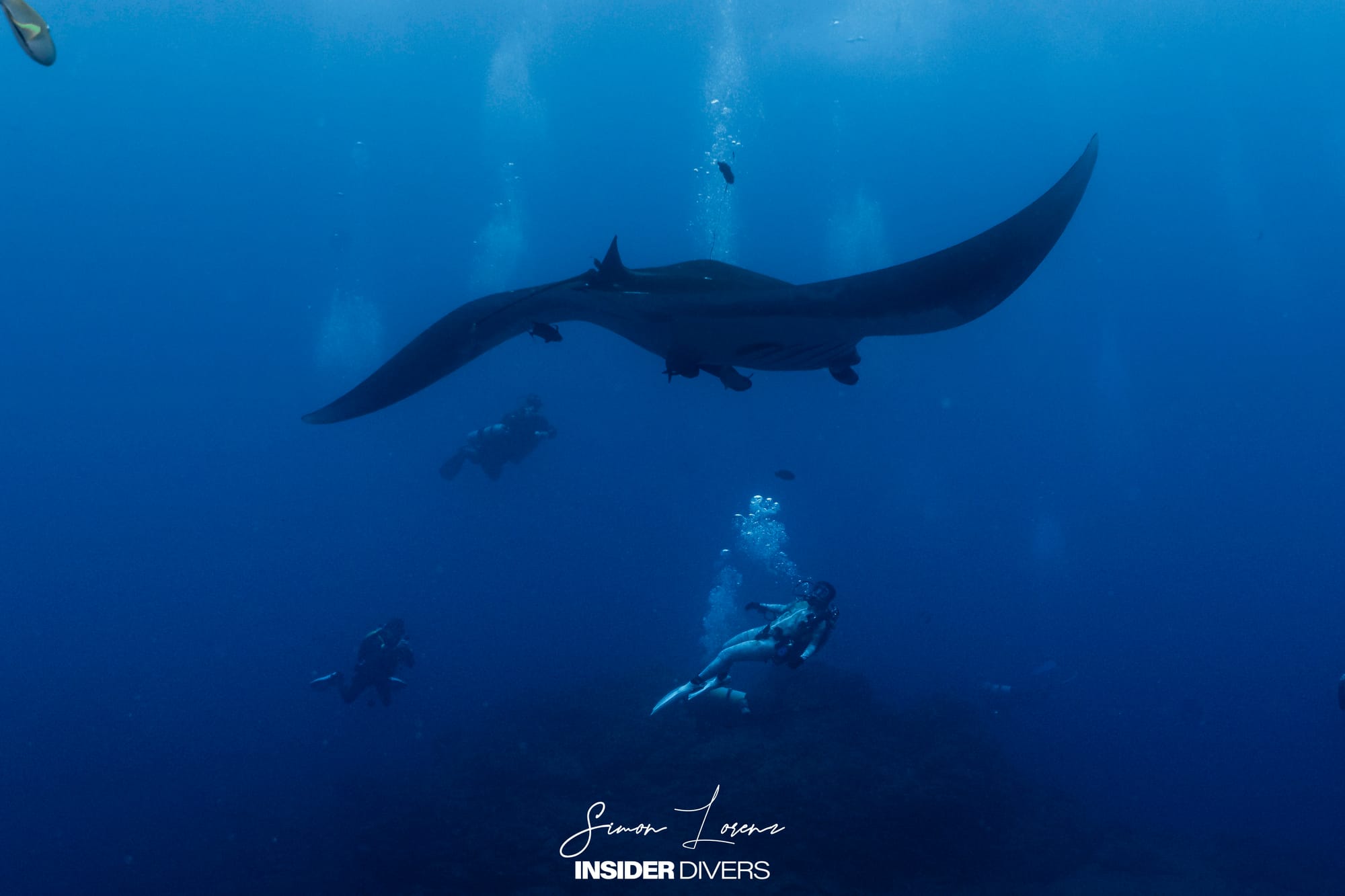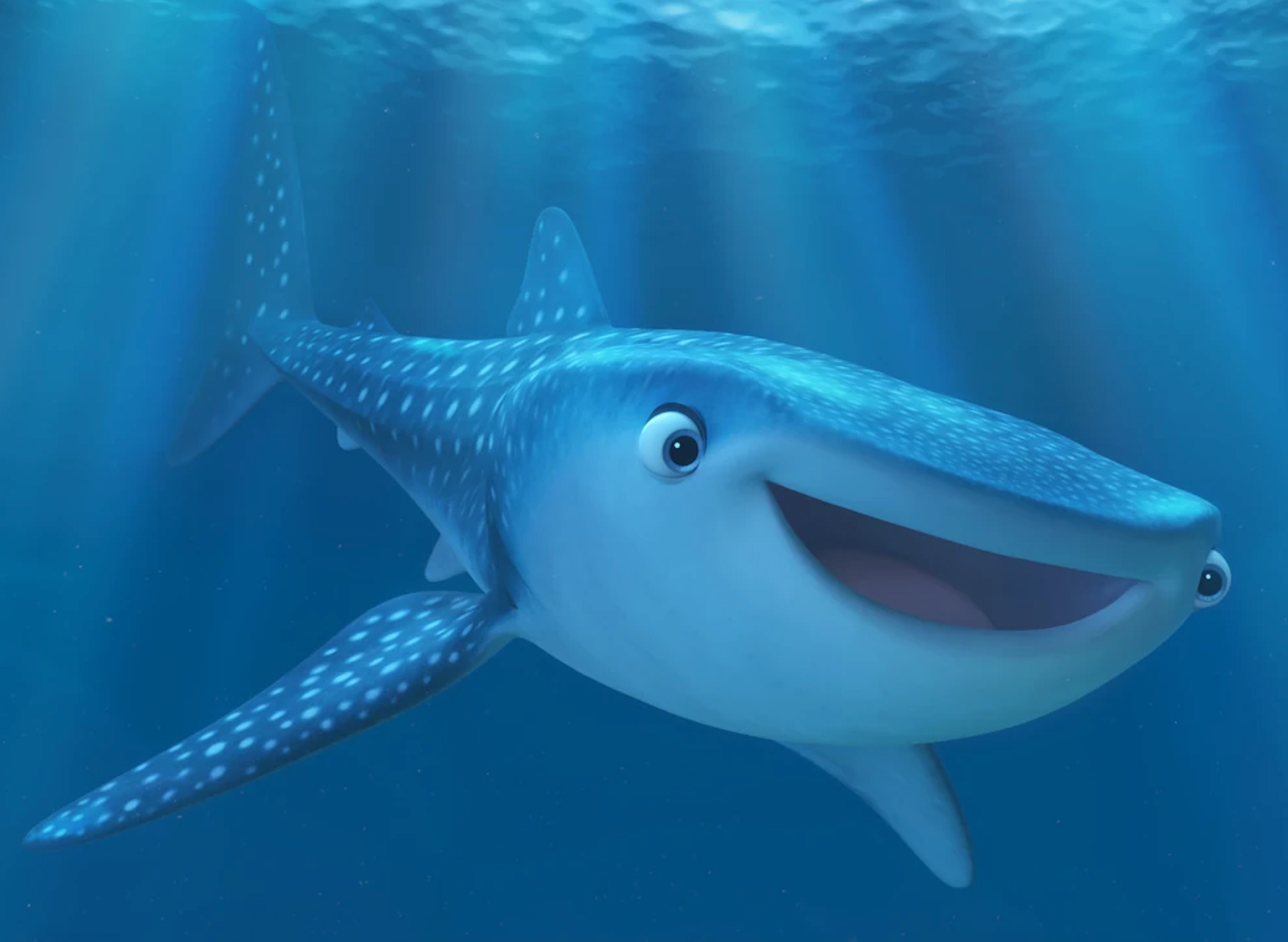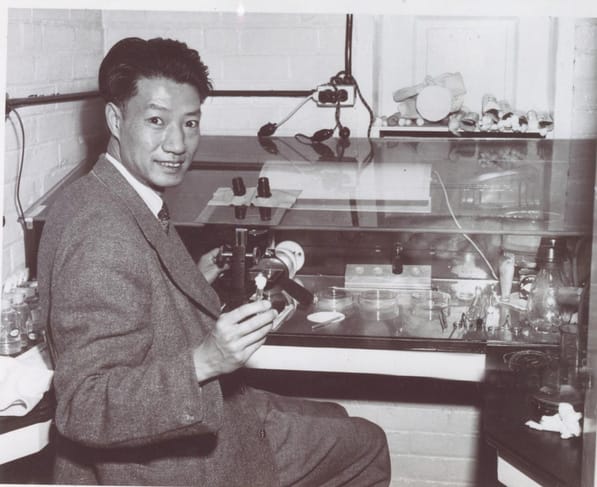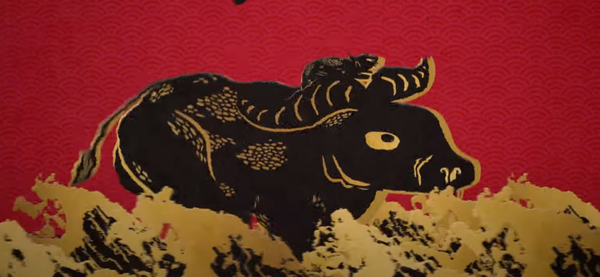"The best way to observe a fish is to become a fish"

Today is Earth Day!
So, let’s talk about something a bit more personal to me: the ocean.
We all have reasons for doing what we do.
In the fast paced, “high highs and low lows” world of venture capital (especially while fundraising in this economic environment), recentering around those reasons is extra important.
Some find it in yoga retreats or on vacations to a quiet beach or weekends in Miami.
I go scuba diving.
As Jacque-Yves Cousteau said, “The best way to observe a fish is to become a fish."
Weightlessly listening to my own bubbles is when I’m truly able to hear myself.
Observing the underwater world (while saying hi to all the fishes) is a reminder of why I do the work that I do.
And also because there’s no reception 30m deep in the blue…(yet)
But you can’t really go on a dive trip over a weekend (especially with the time you need wait before flying after your last dive). So, I’ve optimized my schedule:
Rather than 5 days on 2 days off every week (since I can’t really unplug in those 2 days anyway), I’ve started “accruing my weekends” – that is, I work for 4-5 weeks straight and then take an opportunistic week off.
Because with a week off – I can go on a dive trip.
Earlier this month, I went on a diving liveaboard with Insider Divers in Socorro – a 30-hour boat ride off the coast of Cabo, Mexico; one of the best places in the world to dive with giant oceanic manta rays.
And they are giant.

Credit: Dan Lipton
I watched in awe as manta rays effortlessly glided over me, as if in slow motion (they like playing with the bubbles),
Swam through literally sharknadoes,
And lost my sh*t (and my voice as we all screamed) to a rare sighting of humpback whale and her calf playing with a pair of dolphins at 28m under water.

Credit: Insiders Divers, Socorro Group (Sound on for screams)
These magical moments remind us how much we don’t know.
How big the world is around us.
Next diving trip will be in August on a liveaboard in the Galápagos – one of few and best places in the world where you can dive with whale sharks in their natural environment. As in years past, I’ll be going with Galapagos Shark Diving® which donates to the Galapagos Whale Shark Project, a small group of scientists and volunteers focused on whale shark conservation and research.
If you know me, you know I’ve been obsessed with whale sharks since I visited the Osaka Aquarium in 2005.
It’s a whale? It’s a shark? It’s a whale shark.
(Side note, in 2006, I even started the original Facebook group “I <3 Whale Sharks!” with that tagline ^^)
They’re sharks but are filter feeders – so you don’t have to be worried about getting bitten.
They have bodies the size of school buses, but brains the size of walnuts (only 0.003% of their total body mass) – hence, gentle giants. 🙂
They’re indigo blue but covered in white spots – and the patterns can be used as unique identifiers.
Struggling to put it all together? Picture Destiny from Finding Dory.

Whale sharks are quite literally the biggest fish in the ocean. They are ovoviviparous, meaning they carry fertilized eggs inside their bodies until the eggs hatch and then they give live birth. Fascinatingly, much of what we know about their reproduction (they’re pretty elusive!) comes from a single pregnant female in Taiwan, which gave birth to the largest litter of any shark species at 304 pups–all of which were at different stages of development, implying that they may mate continuously, and birth live, independent babies as they reach the right development level inside the mother’s body!
The Galapagos Conservation Trust has data that suggests the whale shark population has decreased by almost 50% over the last 75 years. And the species is on the IUCN Red List of Endangered Species as Endangered.
The greatest threat to this endangered species is, of course, humans. They are victims of illegal fishing, overfishing, and incidental bycatch. More upsetting, their large fins are still prized as trophies and for use in Chinese medicine by illegal fisheries that deploy poachers to the edges of protected waters to capture whale sharks on their migratory routes. We know this because of tagged sharks that disappeared after months of well-documented tracking near the Galápagos islands as soon as they exited protected waters.
Learn more about the Galapagos Whale Shark Project, and make a donation for Earth Day to help fund their vital research.
Swimming with whale sharks
Diving with conservation conscious organizations
Learning more about our natural world and its biodiversity
Reminders me of why I do what I do.
And, with a full tank, I do better work.
Now, we’re back to business.
Funding technologies that help accelerate sciences that can contribute to better our world.
Further Reading:
The Galapagos Conservation Project, “Losing Hope”
National Geographic, The Man Who Taught Humans To Breath Like Fish
Whale Shark data from the ICUN Red List




